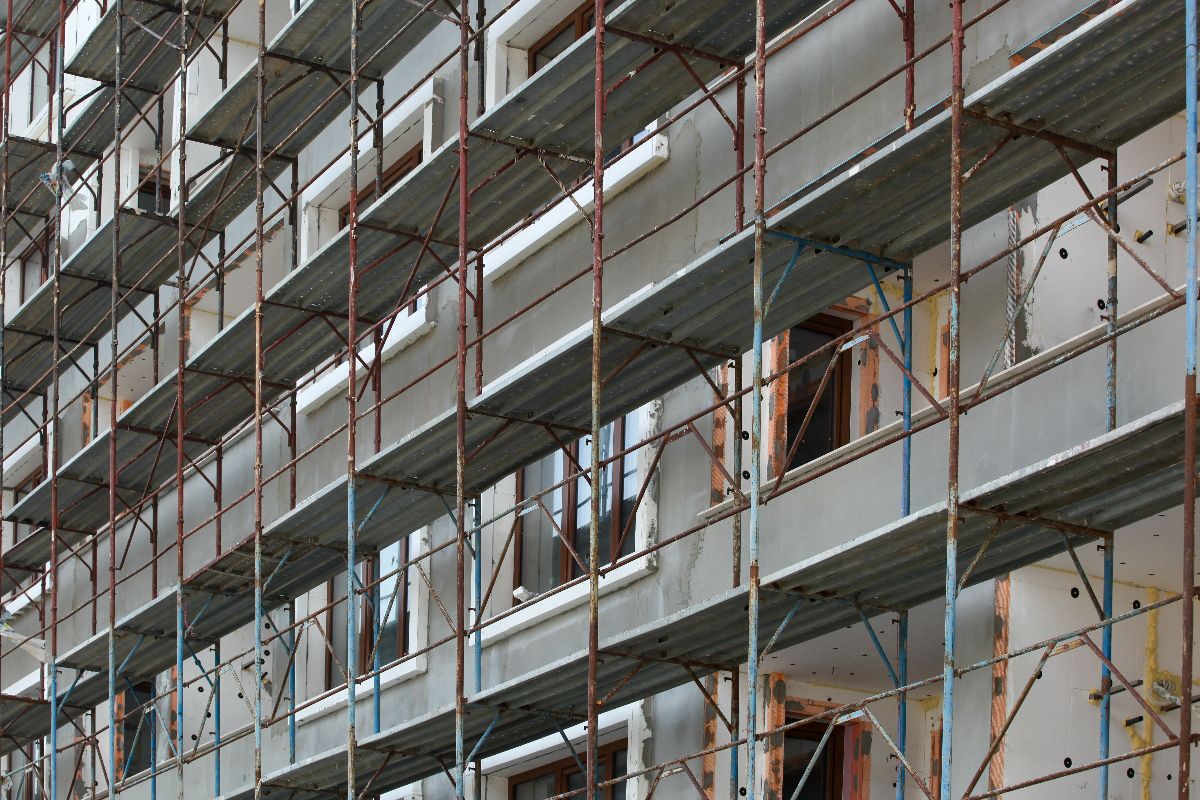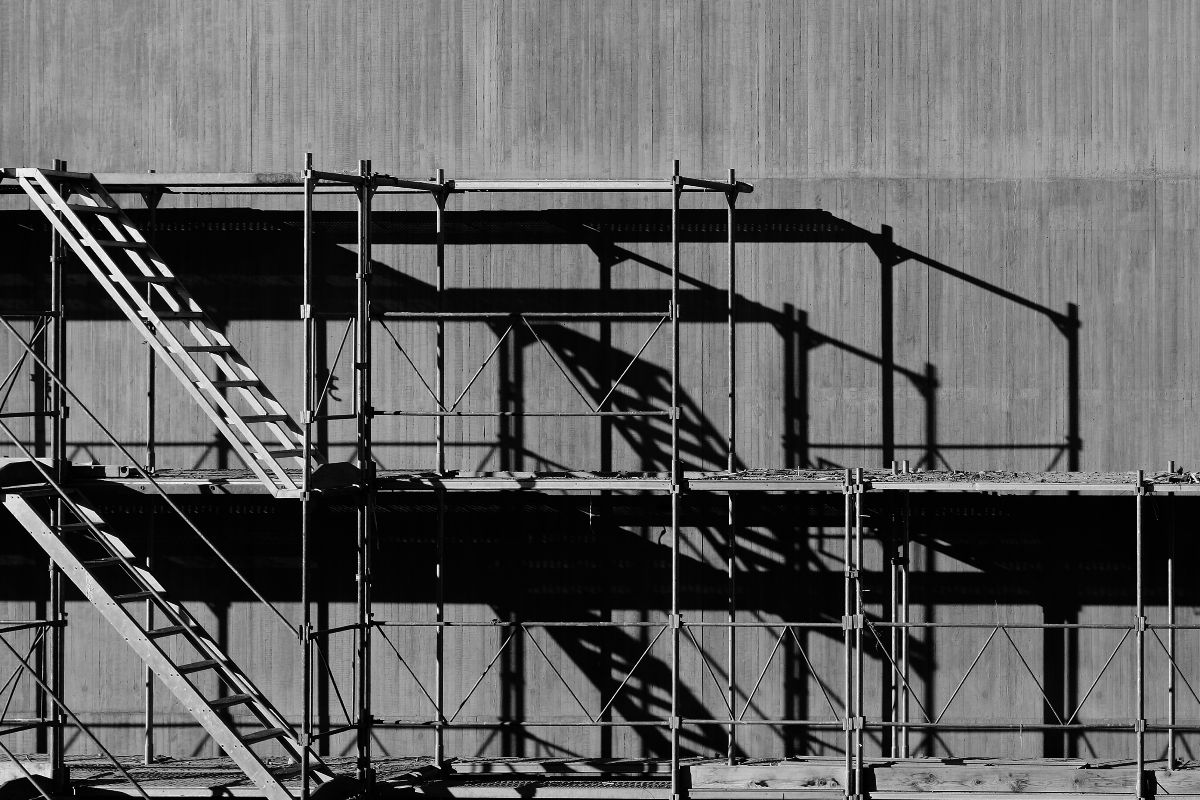
A Guide to Philippine Scaffolding Pipe Standards and Regulatory Compliance
Overview
- Scaffolding safety in the Philippines depends on strict adherence to national standards that protect both workers and projects.
- DOLE mandates safe design and inspection; DTI-BPS enforces material quality through PS Mark certification; and TESDA certifies worker competence to minimize human error.
- Using PS Mark-certified pipes from Supreme Pipe simplifies compliance, ensuring consistency, durability, and peace of mind.
Construction safety is measured in the lives and livelihoods present at every worksite. Even a single lapse in materials, assembly, or supervision can have devastating consequences, as tragically illustrated by a scaffolding collapse in Laguna earlier this year.
Incidents like these remind us that adherence to safety regulations is a matter of protecting human life and safeguarding the integrity of every project.
This guide to Philippine scaffolding pipe standards and regulatory compliance explores the critical regulations and technical standards that safeguard workers and projects.
With certified materials, builders can turn regulatory requirements into a foundation for both safety and project success.
Key Standards and Regulations

Compliance for scaffolding pipes and structures is a multidisciplinary effort, governed by agencies that oversee worker safety, product quality, and technical competency.
Ignoring any of these components puts a project at immediate risk of fines, work stoppages, and, most critically, accidents.
Department of Labor and Employment (DOLE)
A Philippine government agency tasked with ensuring safe and healthy working conditions for all employees.
For construction, DOLE enforces the Occupational Safety and Health Standards (OSHS) under Department Order No. 13, Series of 1998, which provides detailed guidelines on scaffolding design, erection, and inspection.
Under these standards, scaffolding materials, including pipes, must be capable of safely supporting the intended load, inspected regularly, and maintained in good condition. Workers must also be trained in proper handling and assembly procedures.
These regulations exist to prevent accidents, protect workers’ lives, and reduce liability for construction companies, ensuring that occupational hazards are minimized even on complex, high-risk sites.
Department of Trade and Industry – Bureau of Philippine Standards (DTI-BPS)
An agency responsible for establishing and enforcing product quality standards across industries in the Philippines. Its mandate is grounded in Executive Order No. 885, which empowers BPS to set Philippine National Standards (PNS) for construction materials, including scaffolding pipes.
The PNS for steel pipes specifies material composition, wall thickness, tensile strength, and dimensional accuracy, among other technical parameters. Pipes meeting these standards are granted the PS Mark, which serves as a guarantee of quality and reliability.
With PS Mark-certified products from us at Supreme Steel Pipe Corp., contractors meet DTI-BPS requirements and streamline inspections, and minimize project delays caused by substandard materials.
Technical Education and Skills Development Authority (TESDA)
While DOLE and DTI-BPS focus on safety and material standards, TESDA ensures that the workforce is competent in handling scaffolding systems. Their programs, like Scaffolding Erection NC II, certify workers in proper scaffolding assembly, inspection, and dismantling.
These certifications exist to reduce human error, one of the most common causes of scaffolding accidents, and to ensure that even the highest-quality materials are installed safely.
By combining Supreme Pipe’s compliant scaffolding pipes with TESDA-certified personnel, construction companies create a holistic safety ecosystem, where both materials and labor meet regulatory standards.
Pipe Quality and Manufacturing

Philippine regulations, industry standards, and engineering best practices all recognize that material quality, consistency, and technical specifications are non-negotiable in scaffolding systems.
Material Quality and Type
While the Philippines does not have a unique, country-specific standard specifically for steel scaffolding pipes, industry best practices generally adopt established international specifications, most commonly the British Standard (BS) EN 39 or its derivatives.
The industry standard material is Galvanized Steel (GI) due to its superior strength and resistance to corrosion, which is vital in the Philippines’ tropical climate.
Proper material selection is tied directly to the project’s load requirements, known as duty classification:
- Light-duty: Supports loads up to 120 kg/m²
- Medium-duty: Supports loads up to 240 kg/m²
- Heavy-duty: Supports loads exceeding 240 kg/m²
Key Technical Specifications
While the Philippines doesn’t have a unique pipe standard, the DTI-BPS relies on specifications in standards like PNS 2145:2020 and general industry best practices to certify compliance. Key specifications include:
Outside Diameter: Typically 48.3mm (1 1/2 inches), the globally common standard.
Wall Thickness: Heavy-class, load-bearing pipes should typically maintain a minimum thickness of approximately 4.0mm
Load Capacity Verification: All scaffold systems must be selected to verify load capacity appropriate for the maximum expected weight of workers, tools, and materials.
The Supreme Pipe Solution
Companies can transfer much of the material compliance and quality control burden to the supplier by choosing a reputable, accredited local manufacturer.
As a manufacturer of high-quality Black Iron and Galvanized Iron steel pipes, our products are guaranteed to comply with mandatory DTI-BPS standards, including the critical PNS 2145:2020 for structural applications, and are aligned with international quality benchmarks.
Sourcing certified pipes from us minimizes legal risk and simplifies the compliance process by offering:
PS Mark-certified pipes tested to meet DTI-BPS and international standards
Consistent material quality for predictable performance on every site
Technical support to help teams install and manage scaffolding safely
Regulatory Compliance Points
On-site operations are governed by DOLE Department Order No. 128-13, which provides specific, enforceable mandates for every stage of scaffolding use.
Supervision and Personnel
- Trained Personnel: Erection, alteration, and dismantling must only be done by TESDA-certified scaffold erectors.
- Competent Supervision: All scaffolding work must be supervised by a Competent Person (DOLE-certified).
- Inspection Mandate: The Competent Person must inspect the scaffolding structure and its components daily before each use, and after any change or incident.
- Audit Support: Maintain comprehensive logs of inspections (daily and after changes), corrective actions, safety drills, and weather-related delays to support compliance audits.
- Documentation: File records of training, certifications, and material test certificates (Supreme Pipe’s PS Mark documentation).
Scaffolding Standards and Design
- Structural Integrity: Scaffolds must be erected on stable bases (base plates or mudsills), posts must be plumb, and the structure securely braced.
- Anchoring: Scaffolds must be anchored to a permanent or rigid structure for stability, particularly if the height-to-base ratio exceeds 4:1.
- Design Certification: Conventional scaffolds over 6 meters or with a working load of 150 kg/m² must be structurally engineered.
- Component Compatibility: Avoid mixing components from different manufacturers unless their compatibility is verified, as this can compromise structural integrity.
Safety Equipment and Fall Protection
- Fall Protection Mandate: Workers must use a full-body harness and/or lifelines when working at heights of 2 meters (6 feet) or more.
- Mandatory PPE: Safety shoes and hard hats are mandatory where required by the OSHS and site conditions.
- Work Platforms: Platforms must be fully decked (no gaps) to provide a complete and secure work surface.
Work Area and Access
- Access: Ensure safe access and egress via ladders or stairs.
- Housekeeping: Keep work areas and passageways clear of obstructions and ensure adequate lighting.
- Access Control: Restrict access to the scaffolding to authorized personnel only.
Why Standards and Compliance Matter
Standards and compliance exist to prevent history from repeating itself. Every safety rule in construction is built on lessons from past failures—collapses, injuries, and lives lost due to neglect or substandard materials.
These regulations set a baseline of accountability, ensuring that every scaffold, pipe, and structure meets the strength and reliability needed to protect workers.
Compliance isn’t just about meeting legal requirements; rather, it’s about upholding the duty to build safely, responsibly, and with respect for human life.
Key Takeaway
A guide to Philippine scaffolding pipe standards and regulatory compliance isn’t just about ticking off safety checklists—it’s about building a culture of accountability.
True compliance begins with the decisions made before a single pipe is installed: selecting certified materials, training skilled workers, and partnering with trusted suppliers.
We make that process easier by providing PS Mark-certified steel pipes that help you meet every regulation without compromise. Contact us today to ensure your next project meets the highest standards of safety, quality, and reliability.


